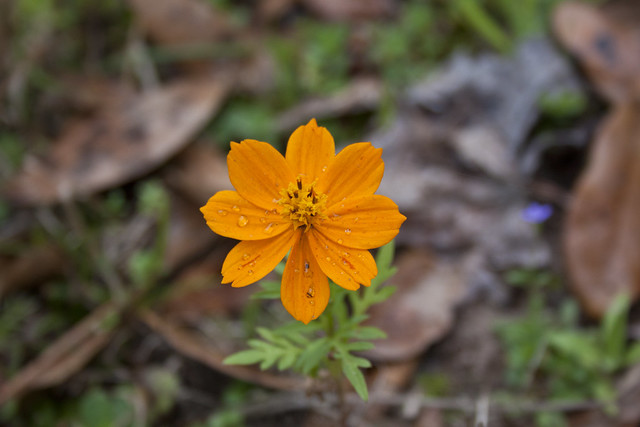Right-Of-Way Blooms
It’s been a very long time since I’ve dedicated a lot of time to writing about gardening here. For some reason I’ve felt like because the garden has been so messy and umkempt over the last year or so, that showing it to you in its messy state wasn’t the best idea. In retrospect I should have shared all of that messiness anyway. One part of blogging for me is the ability to go back and see how things were growing or what animals (birds) might have been coming through at any particular time period. The last year has been a lot lighter on that information. I recently tried to find some bloom information on our fruit trees and it was rather skimpy for last year. I had to corroborate the previous two years to get a good idea on what the timing for our current blooms are in comparison.
Not only that, I really enjoy looking back over my garden photos. It reminds me of what beauty is to come and what we’ve had in the past. The daffodils are slowly fading from their prime, being replaced by hyacinths, and soon the wildflowers. It’s nice to know that there’s a great succession of blooms to look forward to for the next several months. Now, if we could only get some late summer and fall blooming flowers to get going in the right-of-way. Honestly, I’d love to have a smattering of native grasses in the right-of-way but while we can convince the town mowers to avoid our right-of-way during wildflower season, I’m pretty sure they have zero appreciation for native grasses! We actually do a good job of keeping that area maintained ourselves whereas much of the town/neighborhood lets the city handle that. But, sometimes we let it get wilder than I guess they would like and we’ll come home from work to find the area mowed.

An early wildflower, sneaking in before the bulbs are through.
A few nights ago I interviewed Erin from The Familiar Wilderness for my podcast and something that I really took away from it was to try to get back into learning just tidbits of information about whatever particular plant, animal, or landscape I’m looking at. Sometimes it is easy for me to be “Hey, that’s a pretty flower!” and take a photo and move on without really knowing more about it. So, this time I decided I’d see what I could find out about hyacinths.
I didn’t find a whole lot totally interesting about the plant other than typical how-to-grow information and where they are native to, the Mediterranean and Middle East, but then I looked at the taxonomy.
If your not familiar with taxonomy you might remember King Phillip Came Over For Good Soup from school—Kingdom Phylum Class Order Family Genus Species. Of course there are ‘sub’ of some of these levels, but you get the picture. If you can’t identify something by Genus but can figure out a Family it belongs to, you are usually doing pretty good in getting yourself into a position to correctly identify it. That’s where I was totally stunned by hyacinths.
Their Family is Asparagaceae! Yes, they are related to asparagus! As is agave and yucca, and even plants such as the genera Cordyline and Dracaena!
It appears that a lot of these subfamilies and genera were once considered to be in the Liliaceae family and of course with better scientific knowledge and now genetic testing, taxonomy gets shifted around quite a lot. I find it fascinating that these species can be called cousins just a few steps back on the taxonomic scale.
So, there you have it, something both you and I didn’t know….ok, maybe there’s a botanist out there reading this who did know that, but it certainly wasn’t something on my radar!
Fascinating stuff!









